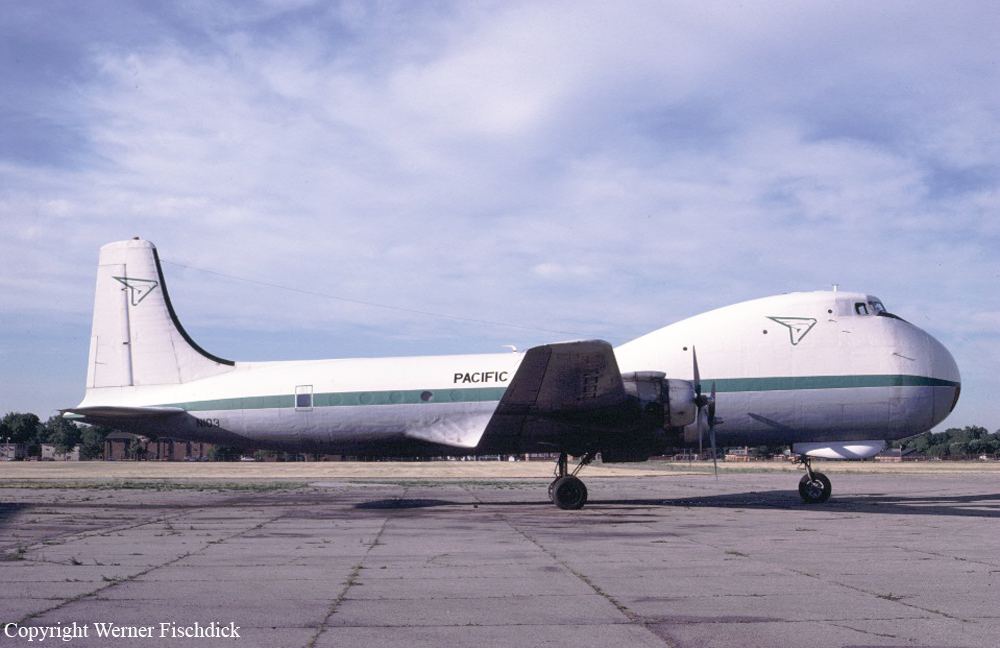Crash of an Aviation Traders ATL-98 Carvair in Venetie
Date & Time:
Jun 28, 1997 at 1618 LT
Registration:
N103
Survivors:
Yes
Schedule:
Venetie - Fairbanks
MSN:
10273/4
YOM:
1943
Crew on board:
3
Crew fatalities:
Pax on board:
0
Pax fatalities:
Other fatalities:
Total fatalities:
0
Captain / Total hours on type:
3000.00
Aircraft flight hours:
7145
Circumstances:
The air cargo flight had just off loaded its cargo at a remote site. Shortly after takeoff, the number two engine begin to run rough. The engine was shut down, and the propeller feathered. During the shutdown process, a fire warning light illuminated, and fire became visible near the number 2 engine. The crew activated both banks of engine fire extinguishers, but were unable to extinguish the fire. While on approach to an off-airport emergency landing site, the number two engine fell off and ignited a brush fire. The crew made a successful landing and ran away from the airplane. The airplane continued to burn and was destroyed by fire. The number 2 engine was not recovered or located.
Probable cause:
A fire associated with the number 2 engine for undetermined reasons.
Final Report:


